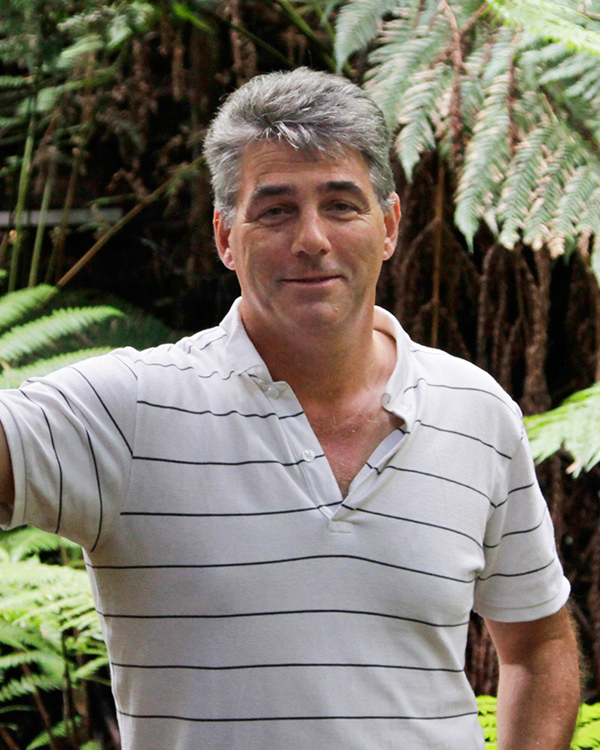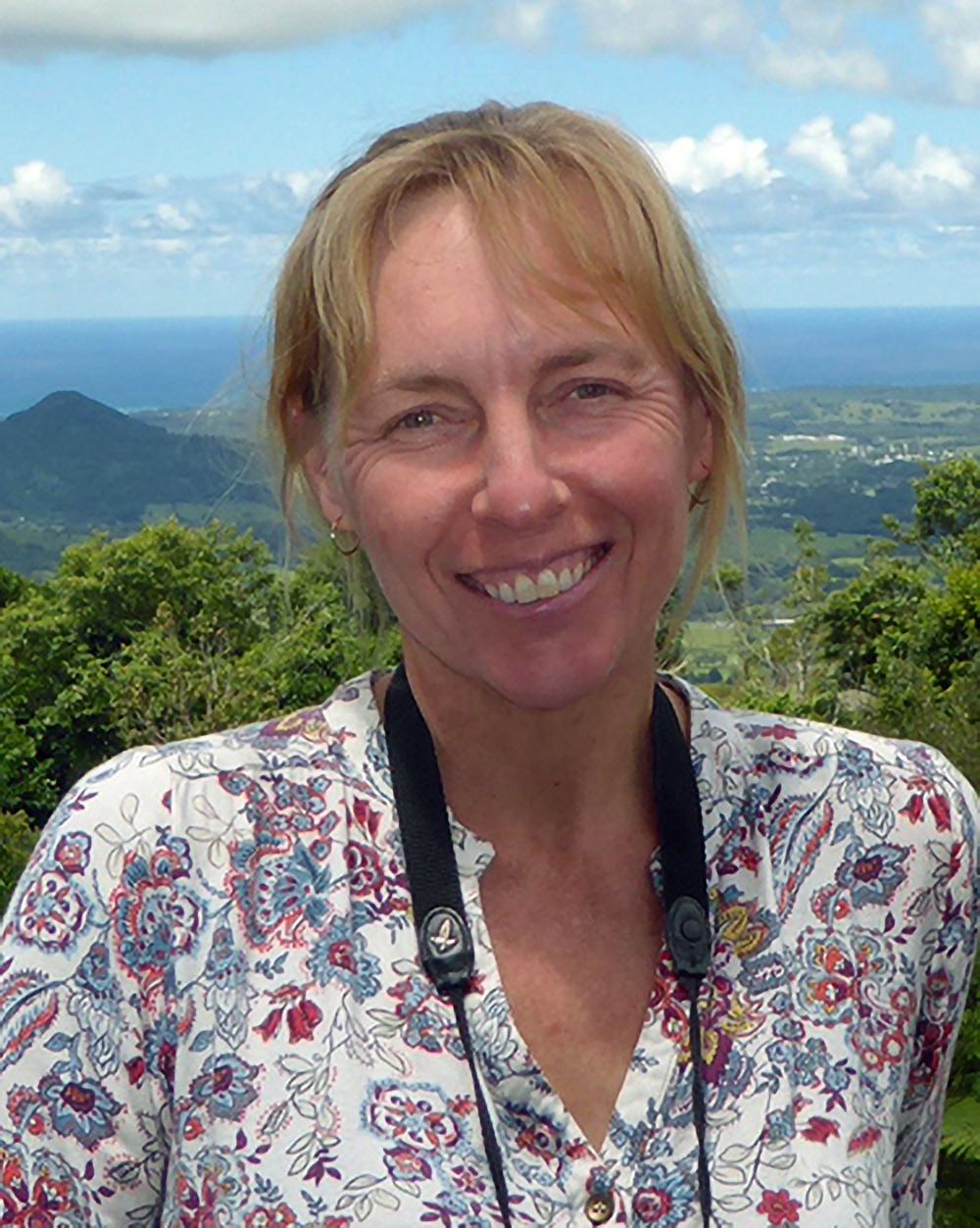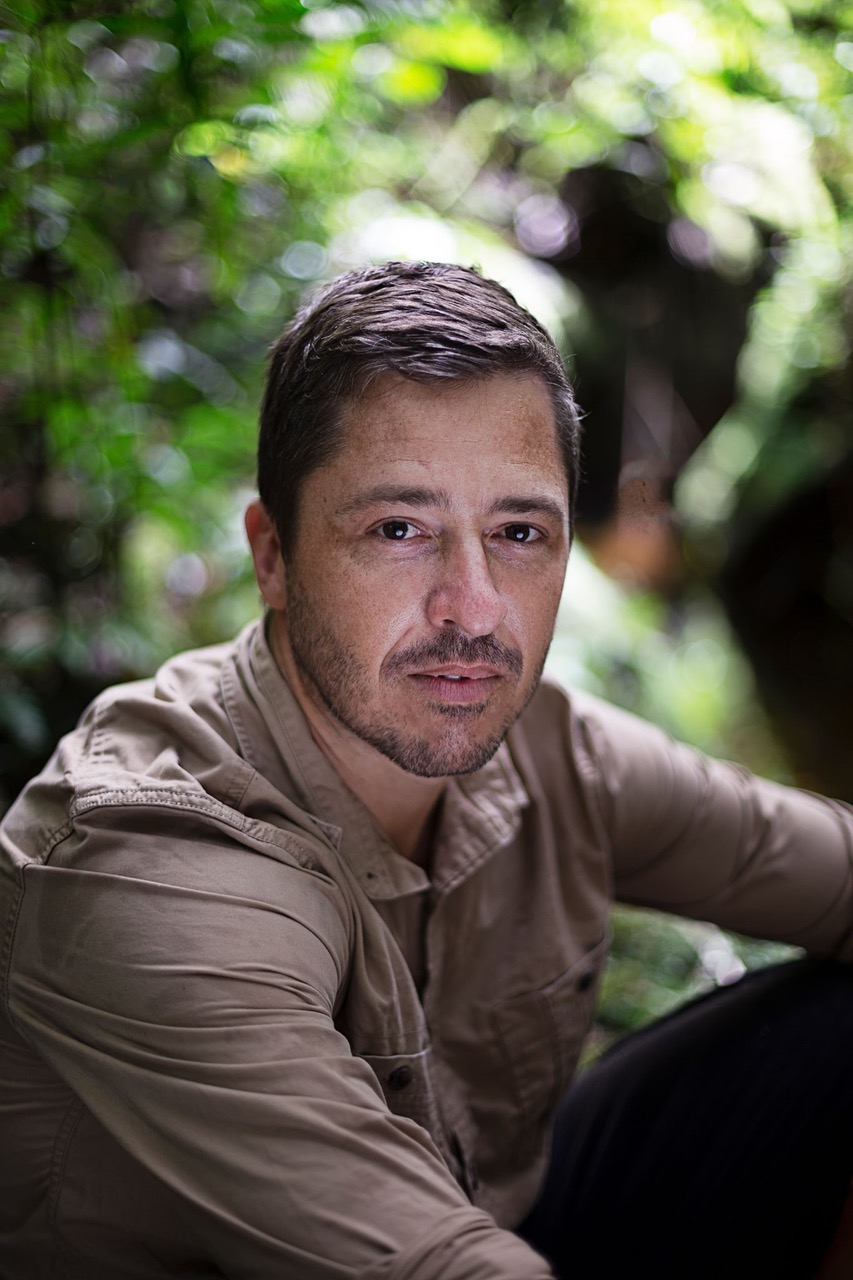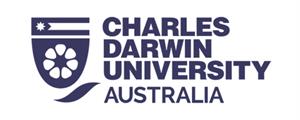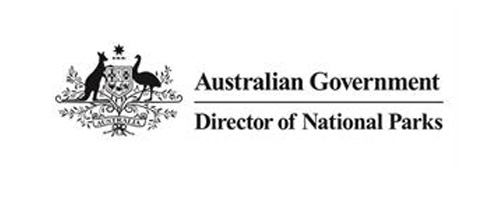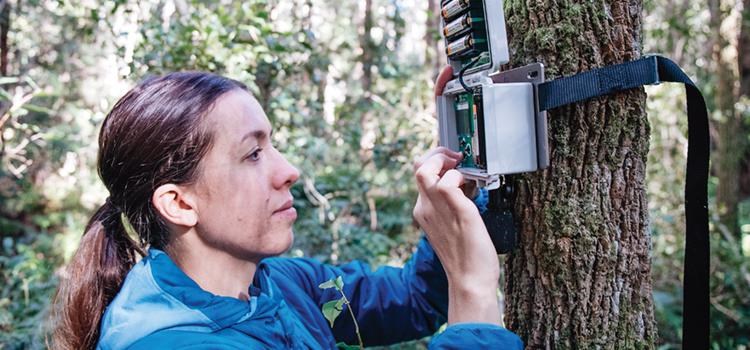
Project: 7.5
National monitoring priorities, process and prospectus for threatened species
Project Leaders: Darren Southwell , John Woinarski , Brendan Wintle , David Lindenmayer
Research in Brief
Monitoring should be a critical component of recovery for threatened species and ecological communities. In a comprehensive review, the hub noted some exemplary monitoring programs for some threatened species; however, for many threatened species there was no monitoring, and the existing monitoring programs for most threatened species were suboptimal. Reasons include the challenges of coordinating diverse stakeholders, and the perception that monitoring programs for threatened biodiversity are difficult and expensive.
This project aims to develop plans for monitoring programs for key groupings of threatened species, plus costed pathways for their implementation. It will also identify threatened species that have had little or no monitoring to date, and prioritise those threatened species for which new or enhanced monitoring is most critical.
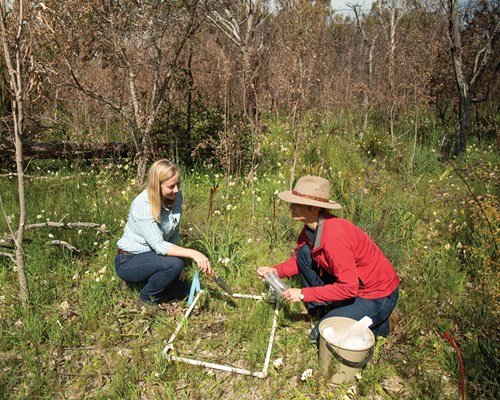
Dr Leonie Valentine and Dr Katinka Ruthrof monitoring plant regeneration after fire in Kinds Park and how that is affected by digging mammals. Photo: Nicolas Rakotopare
Why is the research needed?
Monitoring provides critical data to inform most aspects of the recovery process for threatened species and ecological communities, including: (1) assessment of the conservation status of species; (2) assessment of the urgency and focus of management intervention; (3) assessment of the effectiveness of management actions and policy; (4) involvement of the community in conservation effort; (5) reporting on investment and its accountability; and (6) broader-scale reporting (e.g., state of the environment). However, there has been little advance in recent decades in the extent, quality and comprehensiveness of monitoring for threatened species and ecological communities.
The paucity of monitoring information and programs for threatened species has long been recognised as an impediment to recovery, and the status of monitoring of threatened species has not advanced substantially, notwithstanding an explicit commitment in Australia’s Biodiversity Conservation Strategy 2010-2030 for the establishment and maintenance of a comprehensive monitoring program for Australia’s biodiversity.
Limited progress with monitoring of threatened biodiversity has been due to many factors. The issues have combined to make designing national monitoring programs for threatened species seem a formidable challenge.
This project responds to outcomes from completed and continuing TSR Hub projects, along with a long-standing priority need expressed by the Department and many stakeholders. See, for example, hub project 3.2: Improving threatened species monitoring.
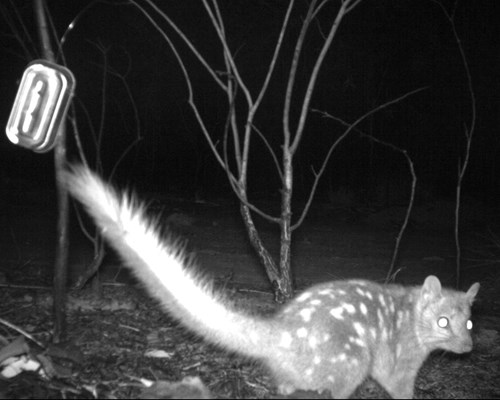
Northern quoll camera trap image from the Pilbara, Western Australia. Photo: Lorna Hernandez Santin
How can the research help?
We will work closely with key stakeholders to help set parameters for prioritising threatened species for monitoring, for developing best practice (and pragmatically adequate) specifications for monitoring programs for a range of terrestrial and freshwater threatened species with different characteristics (threats, range, taxa, regions), for considering mechanisms to incorporate inference on trends for all species that may not be priorities for direct monitoring, for costing various levels of monitoring for sets of priority species, and for developing a prospectus for longer-term implementation of a strategic program for monitoring Australia’s threatened species.
This approach is planned to overcome the major institutional, budgetary and procedural barriers that currently constrain monitoring for Australia’s threatened species and to provide a legacy product in the form of a strategic and pragmatic plan for long-term monitoring of threatened species in Australia.
What research activities are being undertaken?
The project has five interrelated areas of activity:
- Identifying a tractable set of species that represent priorities for monitoring because they may be at extreme extinction risk, their status has not been reviewed for many years, or they are now subject to threatening factors that are new or of increased intensity
- Developing a set of case studies using species that are adequately representative of many other threatened species (e.g., representing a wider taxonomic group, or a group of species that are sensitive to similar threats or have similar ecological characteristics or inhabit the same region), which can be used to develop and cost appropriate, cost-effective practical monitoring protocols
- Blueprinting and costing appropriate monitoring protocols (in the form of a longer-term prospectus) for priority species, with estimation of costs for a long-term monitoring program that incorporates all priority species, and assessments of the extent to which priority species can be incorporated in monitoring with budgets of varying and plausible amounts
- Developing a comprehensive scorecard approach that can report on the extent of monitoring and population trajectories for the entire set of threatened species, where necessary (i.e., where there is no direct monitoring available) applying inference to estimate population trajectory
- Identifying mechanisms and partners to best implement such a strategic monitoring program.
Within the constraints of the available budget, the project team will work closely with DoEE, state/territory representatives, and other major land managers including NGOs and Indigenous organisations across these areas of activity.
Who is involved?
This project is a collaboration between researchers from the Australian National University, The University of Melbourne, The University of Queensland and Charles Darwin University and the Department of Environment and Energy; and aims to also engage and collaborate with state and territory agencies, Indigenous groups and conservation NGOs.
Where is the research happening?
This project is national in scope, and will not itself conduct on-ground research. It will aim to consider all terrestrial and freshwater threatened species.
When is the research happening?
The project will run from January 2019 to June 2021.
Further Information
For more information please contact:
Darren Southwell – darren.southwell@unimelb.edu.au
John Woinarski – john.woinarski@cdu.edu.au
Tyrone Lavery – Tyrone.Lavery@anu.edu.au
Top image: Daniella Teixeira installing an acoustic recording device on a tree to monitor breeding in nearby black-cockatoos. Photo: Nicolas Rakotopare



